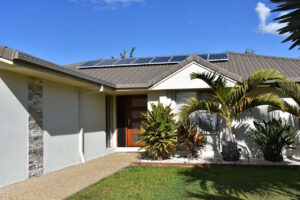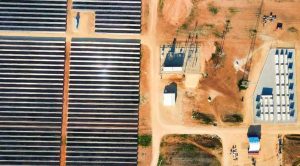The West Australian government and its state-owned network operatorWestern Power is facing what has been described as the biggest restoration job in its history following the January bush fires, which were sparked by lightning and damaged or destroyed 873 power poles, 77 transmission poles, 44 transformers and up to 50 kilometres of overhead power lines.
Energy minister Mike Nahan said options being considered for replacing the damaged infrastructure included using putting the power lines underground, or not replacing the lines at all and using distributed energy such as solar and storage.
The main grid in the south-west corner of the state appears to be particularly vulnerable to damage from storms, lightning and bush fires, and the remoteness of some towns leaves them exposed.
Western Power is already looking at replacing a long thin network to the mining town of Ravensthorpe and replacing it with a renewables-based micro-grid. Nahan suggested a similar approach may be used in the areas damaged by the latest bushfire. The section in the network is one of the oldest in the grid, and was built in the 1950s.
“(Western Power) is also looking at replacing poles and lines and making decisions about whether we do not replace those lines, but (instead) have distributed generation, solar and other things,” Nahan said during visit to the area.
According to ABC news, the bushfire destroyed 168 homes, including most of Yarloop. At the height of the blaze, about 3,000 homes were without power, and earlier this week Western Power was still working to restore electricity to 500 of those properties.
Nahan said Western Power would shoulder the costs of repair, but may be unable to fund a similar scale repair if another devastating even occurs.










